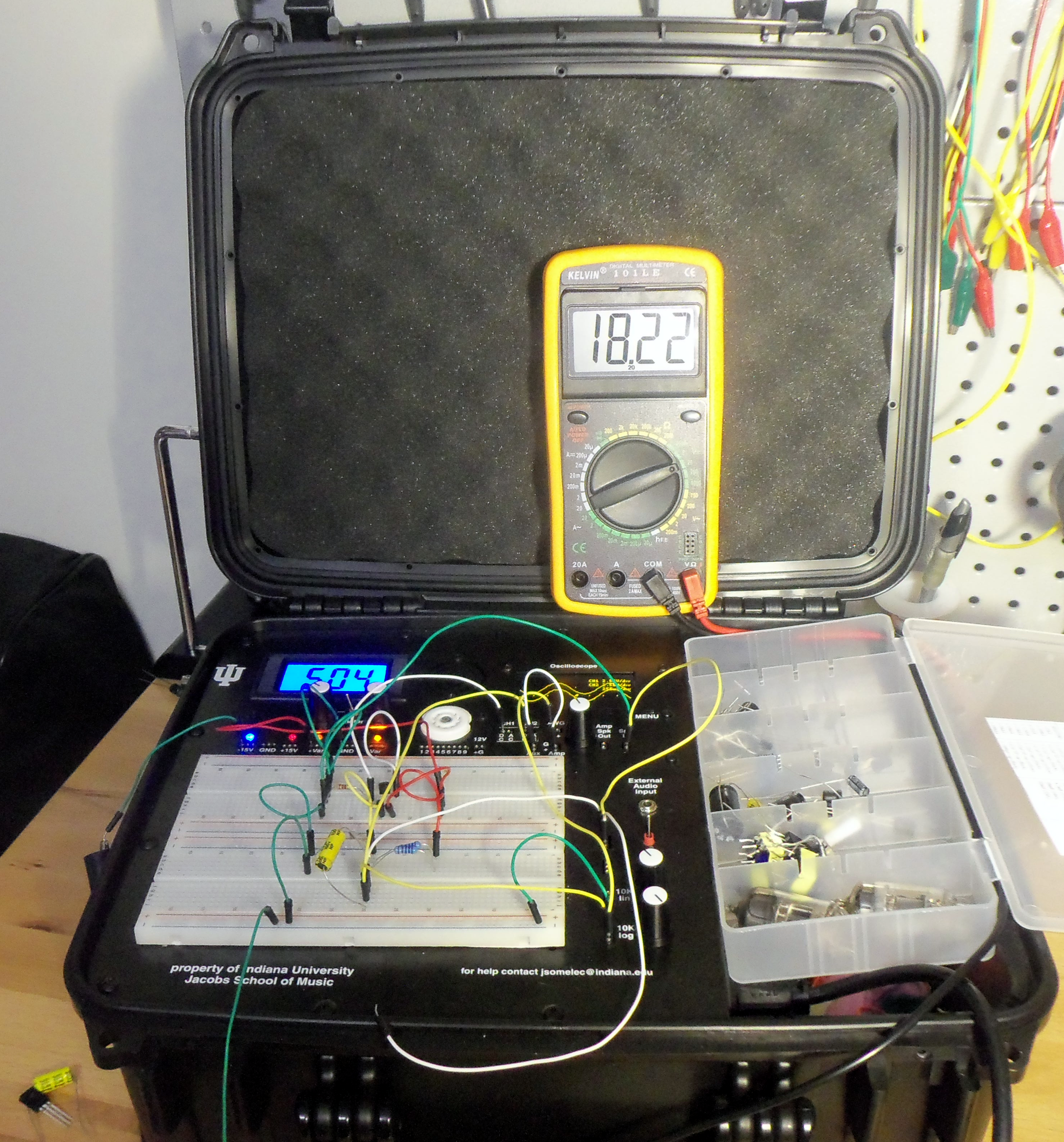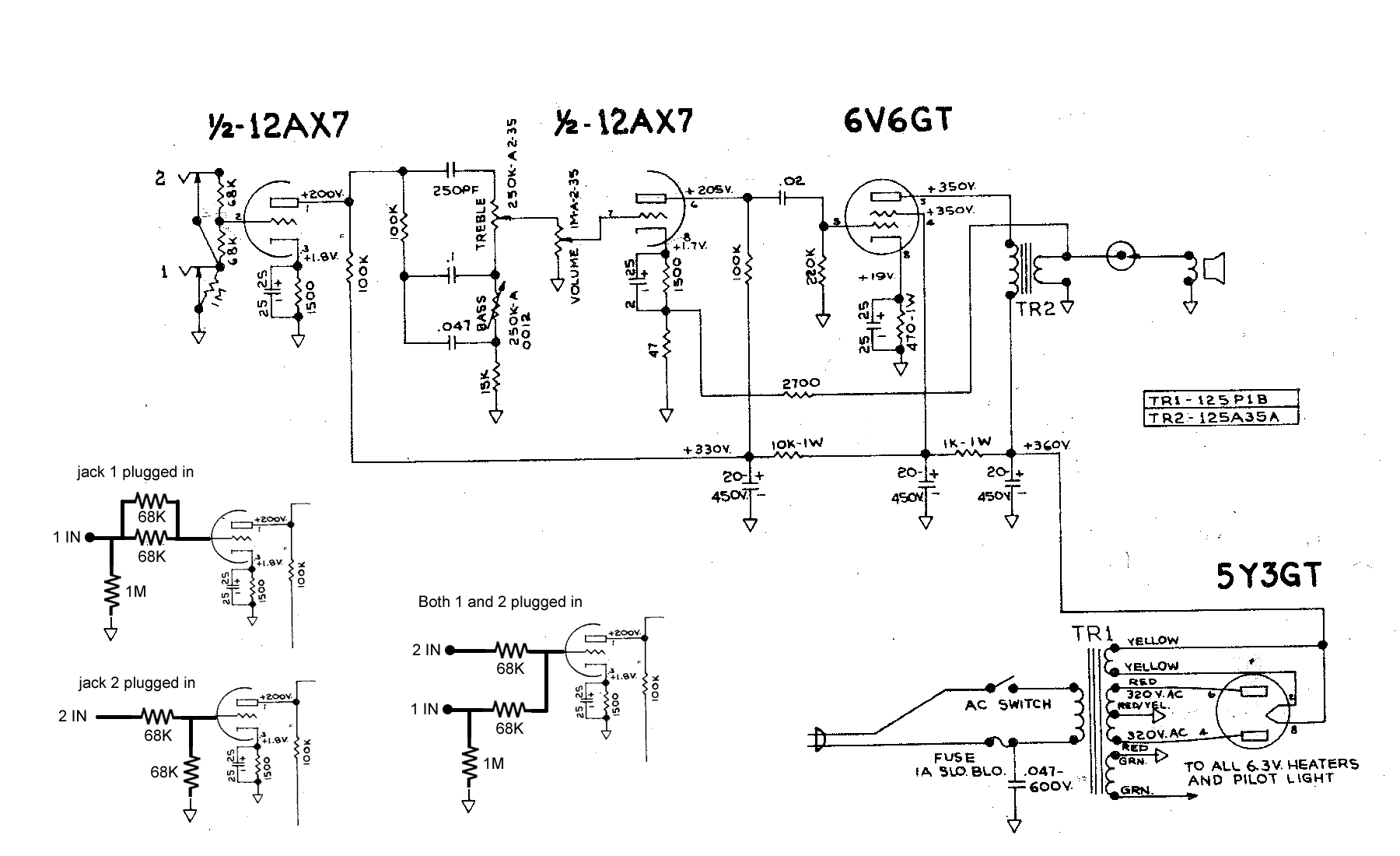Course Overview

A111 is an entirely online course that covers the basics of Analog Audio Electronics. It is the first in a sequence of 4 courses, along with A112, A211, and A212, for the proposed Certificate in Analog Audio Electronics, planned to be initiated in the fall of 2014. The course will be primarily asynchronous (no scheduled meetings) with four to six synchronous student team meetings (virtual).
This course will be delivered through three major elements:
- An online textbook (somewhat like an e-book) will utilize readings, interactive games, animations, and videos to deliver basic content.
- Students will purchase a lab kit that will allow them to build and test actual electronic circuits utilizing real world components for all units of the course.
- Students will work in teams to build a more in-depth understanding of the material as they work through more complex problems utilizing a Team Based Learning approach. This will require synchronous meetings of the student teams. These can be online or in person.

At the end of this course, students will be able to:
- analyze a simple audio amplifier utilizing vacuum tubes
- define the function of each component
- trace the DC, AC, and signal paths
- determine the resulting output given an input and a circuit
Supporting content includes: voltage and current, resistance and resistors, inductors and inductance, transformers, capacitors and capacitance, vacuum tubes and vacuum tube circuits.
A111 is designed so that students build knowledge and understanding within each unit of the course so that by the end they completely understand the Goal Circuit, which is shown below. It is an early Fender Champ guitar amplifier. By the end of the course students will understand the function of every component in the circuit and be able to describe how the circuit would change if a component were removed or its value changed.

